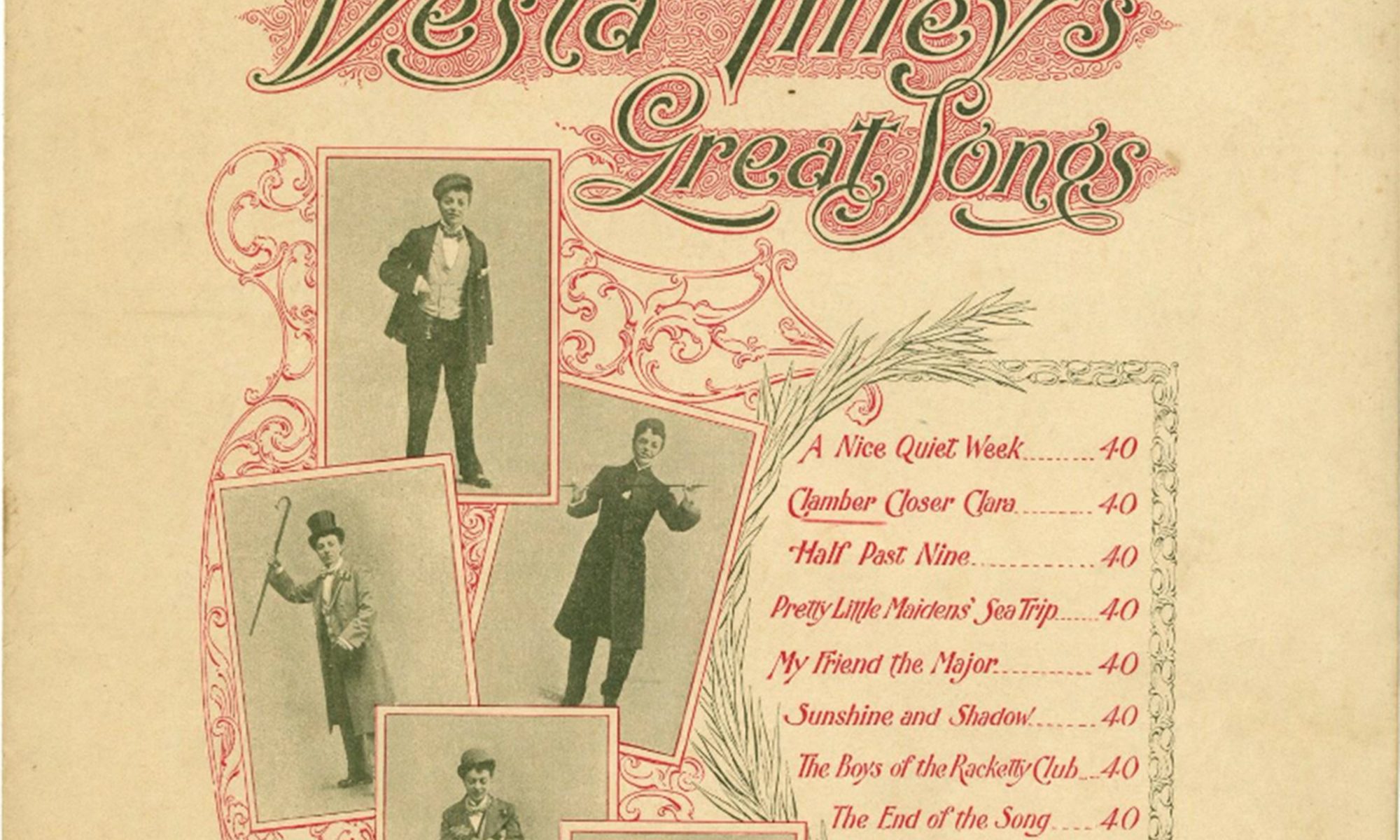How was gender challenged during urbanization in the late-19th Century and what was the response?
Source: ONE Archives Foundation
Author: Oliver Tranor Miska
Subject: History
Topic: Integrated
Grade Levels: High School: 11th Grade and Middle School: 8th Grade
Overview:
In this lesson, students will analyze how the conditions of urbanization led to challenges of gender expression and how society responded to these challenges in the late-19th century. As cities fostered increasingly growing and diverse populations, the emerging opportunities of entertainment and recreation allowed for gender bending cultural expression. These opportunities included Vaudeville theater performance, variety shows, and the popularization of the bicycle. In this lesson students will analyze primary documents that illustrate how in parks, in the streets, and in theaters, city dwellers were not only exposed to gender bending costumes and clothing, but were empowered by the anonymity of the cityto make riskier choices in how they dressed. The “freedom” the city presented allowed for anincreased popularity of cross dressing. Finally, students will be asked to analyze primary sources that demonstrate the varied responses to these gender challenging expressions of fashion and performance.
This lesson, depending on your grade level and students, may take from 3-4 class periods of 45 minutes.
Download Lesson Plan Below:
This lesson plan was developed through the annual Professional Learning Symposia facilitated by ONE Archives Foundation and the UCLA History-Geography Project. View and download other lesson plans from this project.

